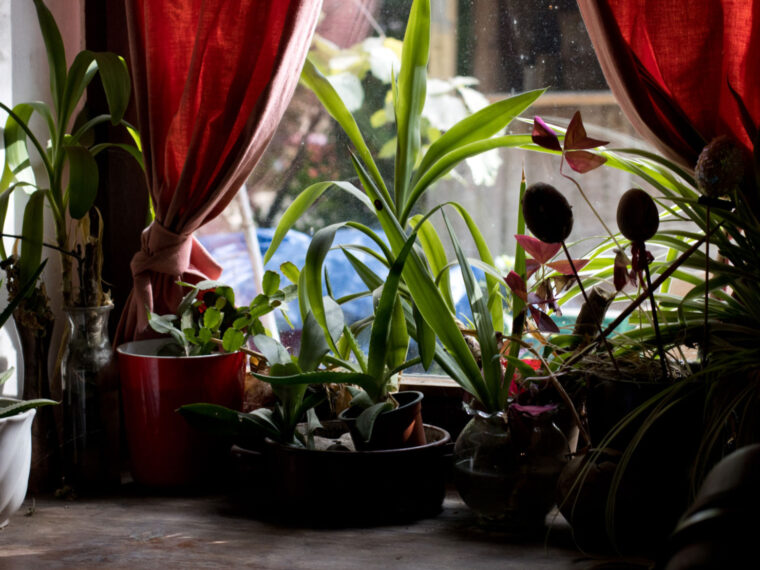
…mit einigem Gebackenem, drei Restaurantbesuchen (Superstrada 18, Ramien, JOLA) – und wie immer den besten Links der letzten Tage.
Seit dem letzten Zuckersüß habe ich zweimal Marillen-Cornbread gebacken (und auch schon verbloggt!), zwei Varianten Schoko-Kirsch-Sorbet getestet, mit denen ich in beiden Fällen nicht zufrieden war (auf Basis dieses Rezepts aus dem Guardian) und zweimal Marillenknödel gemacht.

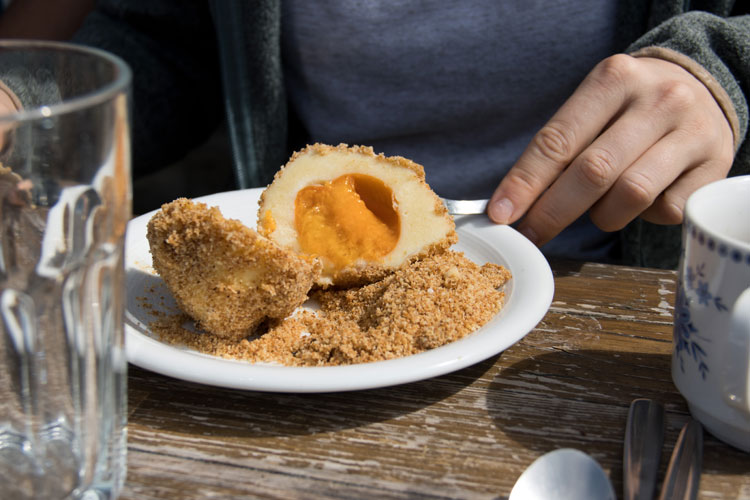
Gegessen
Esquites (nach SeriousEats), panierte Tofuwürfel und gegrilltes Kraut mit Tahinisauce (nach Andy Baghrani/Bon Appetit), Spaghetti mit Eierschwammerln, Pofesen und Käsespätzle in den Bergen, Shakshuka mit Mangold aus dem Garten.
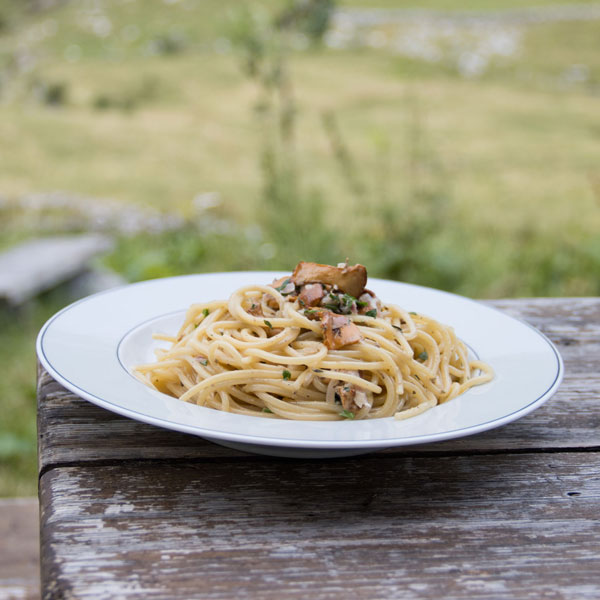

Bei Superstrada 18 habe ich Pizza gegessen (hier mehr dazu). Bei Ra’mien gute Kartoffel-Erbsen-Samosas mit zimtigem Mangochutney und süß-scharf-gepickelten Karotten und Rettich (7,20€). Danach lauwarme, unspektakuläre (enttäuschende?) Lamien-Suppe mit gezogenen breiten Weizennudeln (11,60€).
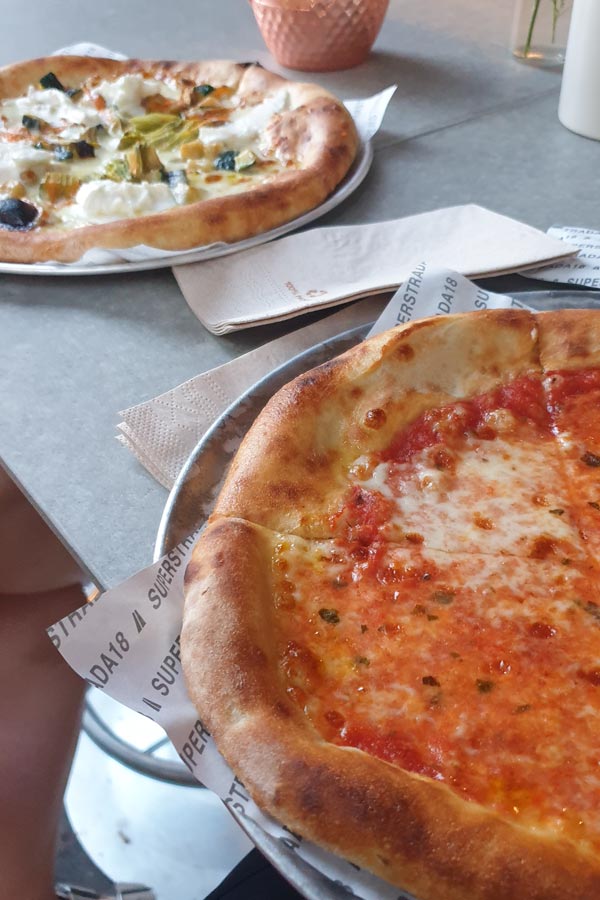
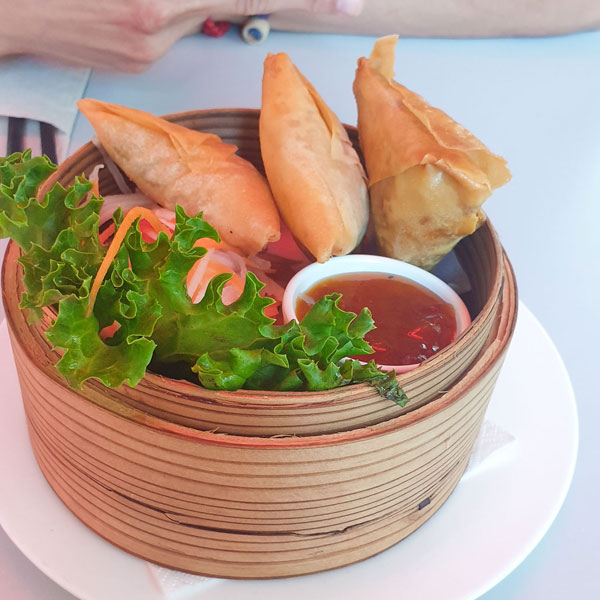
Und vergangenen Mittwoch war ich endlich mal im JOLA, wo ich das ganze (grundsätzlich vegane) Menü gegessen habe. Ich werde noch einen ganzen Post darüber schreiben, hier als Vorgeschmack mein liebster nicht-Dessert-Gang: Karotte (geschmort, eingelegt, als Püree und in Koji gereift) mit Rosengelee und Basilikumöl. Die veganen Desserts von Pâtissier Romain Bordier haben mich nachhaltig beeindruckt, aber ja, ich schreib noch ausführlich drüber.
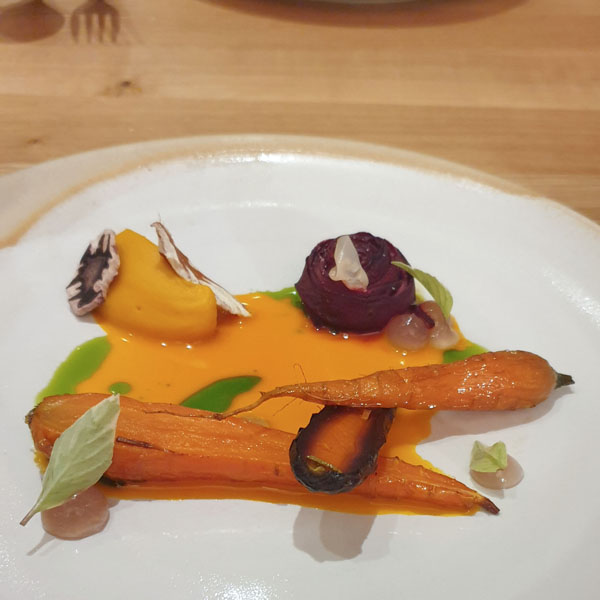
Veröffentlicht
Im Blog: Biskuitroulade mit Marillen und Lavendel, Marillen-Cornbread (glutenfrei) und Superstrada 18 / Praterstraße
Anderswo: Für Ö1 Moment habe ich ein „Berufsporträt“ Sekretär:in gestaltet, hier noch bis Donnerstag nachzuhören. Meine Recherchenotizen hier.
Hier folgen meine liebsten Links der letzten Zeit:
Rezepte
Ensaimada de Mallorca – Rezept mallorquinische Hefeschnecken
Der Hefeteig schaut enorm flauschig aus.
Coffee Jelly Is My Favorite Caffeinated Dessert | Bon Appétit
Interessant.
Texte
Dr. Lisa-Maria Kellermayr: Eine Würdigung | PULS 24
So tragisch.
Lisa-Maria Kellermayr gerät eher zufällig in das Visier einer Szene, die ein Ziel für ihren Hass sucht. Am 16. November 2021 demonstrieren Impfgegner vor dem Krankenhaus Wels-Grieskirchen. Kellermayr teilt ein Video und schreibt: „Heute in Wels: Eine Demo der Verschwörungstheoretiker verlässt den Pfad unter den Augen von Behörden und blockiert sowohl den Haupteingang zum Klinikum als auch die Rettungsausfahrt des Roten Kreuzes.“
Das ist nicht falsch – auch wenn das Krankenhaus später klarstellt, dass die Rettung die Straße in die andere Richtung nützen konnte und der Zugang zum Krankenhaus möglich war. Doch die Polizei antwortet ihr mit einem Tweet, in dem sie von „Falschmeldung“ spricht. Darunter beginnen üble Beschimpfungen. Kellermayrs Tweet mit der Antwort der Polizei geht in den einschlägigen Telegram-Gruppen viral. Eine Flut an Hass bricht über die Ärztin herein.
The air conditioning trap: how cold air is heating the world | Energy | The Guardian
äh, was?
What fuelled the rise of the air conditioning was not a sudden explosion in consumer demand, but the influence of the industries behind the great postwar housing boom. Between 1946 and 1965, 31m new homes were constructed in the US, and for the people building those houses, air conditioning was a godsend. Architects and construction companies no longer had to worry much about differences in climate – they could sell the same style of home just as easily in New Mexico as in Delaware. The prevailing mentality was that just about any problems caused by hot climates, cheap building materials, shoddy design or poor city planning could be overcome, as the American Institute of Architects wrote in 1973, “by the brute application of more air conditioning”. As Cooper writes, “Architects, builders and bankers accepted air conditioning first, and consumers were faced with a fait accompli that they merely had to ratify.”
Restriction as Possibility; Lifestyle as Politics – MOLD :: Designing the Future of Food
Alicia Kennedy denkt über die Verantwortung von food media nach:
When it comes to food consumption, an important aspect of changing lifestyle is increasing the desirability of plant-based diets specifically. This requires normalization, and perhaps a bit of discomfort. In what we call “lifestyle media,” causing discomfort has always been a big no-no—opening up a food magazine to find anything about habit-changing for climate change might happen once per year, while steaks are on offer the other eleven months. Even vegetarian recipes are promoted in a special section, while lamb and chicken are the norm for the main.
Big Fat Problems — Anthony Warner
Also lieber doch nicht auf Kokosöl statt Butter setzen?
The other issue is where all this fat is going to come from, especially as the demand for plant-based foods increases. Because plants cannot control their temperature, the only plants that naturally produce large quantities of hard, saturated fats are those that grow in tropical regions. In more temperate climates, seeds have liquid oils with less saturation to prevent them going hard within the plant. The most commonly consumed hard vegetable fats such as palm, coconut, shea and cocoa can only be grown in the tropics, which is why they are collectively referred to as ‘tropical oils’.
The issue here is not just one of food miles. Fats can be processed and stored safely, so shipping them around the world by boat will not significantly add to their carbon impact. More importantly from an environmental perspective, as demand for these fats grows, demand for land to grow them on increases. Right now, if we want to expand production of tropical oil crops, the only way to do so is to cut down virgin tropical forests, driving one of the most significant and irreversible environmental disasters of all time.
Why Fungi Might Really Be Magic (When It Comes to Climate Change) – The New York Times
Diese Reportage (mit Scroll-Animation und allem!) begleitet Pilzforscher_innen nach Chile.
When asked what fungi do, or how they behave, Ms. Furci became visibly annoyed. Their vast biodiversity is not only under-explored, she said, they are misunderstood. They are thought to be just one thing, but they are not.
“A morel and a button mushroom are as closely related as a flea and an elephant,” she said.
In the course of a day, she identified nine different mushrooms. One resembled a hamburger bun top. Another, a witch’s hat. The colors ranged from vanilla to deep raspberry to the speckled back of a fawn.
The Withering of Algerian Wine – New Lines Magazine
Interssanter Überblick über die Weinindustrie in Algerien. Und: Klimawandel ist auch dort ein Problem (Spoiler: darum gehts in meiner nächsten Radiosendung!)
While grapes can be drought resistant, with hotter and more erratic weather, farmers are left financially exposed. With no compensatory recourse or safety net from the state, the Algerian wine industry is perennially at risk, as farmers look to replace vines with crops that carry small government subsidies. For Farid, this is a shame, “the vine is a renewable source of income, employs a lot of local people during harvest [it’s all hand-harvested] and can bring in important foreign currency that can buy the medicines we need to import.” The precarity is invariably felt by SGCO’s bottom line, too.
“They’ll Get You No Matter What”: Morocco’s Playbook to Crush Dissent | HRW (via Washington Post)
Weiter mit dem Maghreb: Düstere Aussichten für die marokkanische Demokratie.
For example, Afaf Bernani, a newspaper employee turned activist, fled Morocco after she was convicted in 2018 for “defamation,” because she accused the police of forging a statement in which she appeared to affirm that her former boss, opposition newspaper publisher Taoufik Bouachrine, had sexually assaulted her. Denying that she had ever made such an accusation against Bouachrine, she told a journalist: “Moroccan authorities have figured out that to accuse someone of a sex crime is an effective ‘symbolic assassination.’ It strips its targets of international solidarity and makes them pariahs in their own communities, shunned by friends and family who are either embarrassed or afraid to be associated with them.”
Earthquake-Induced PTSD: A Symptom Of Deep Time In Mexico City
Ein langer Text, der mich an vielen Stellen an Literatur aus meinem Studium erinnert hat (z.B. von Karen Barad oder Jane Bennett). Außerdem: Viele Beispiele, die zeigen, wie Kolonialismus auf so viele Arten konkret nachwirkt.
While susto is listed as one of the world’s nine “cultural concepts of distress” in the current edition of the Diagnostic and Statistical Manual of Mental Disorders,its broad symptomology makes identifying a cause difficult. Western biomedical models of health, with their firm mind-body dualism, struggle to understand illnesses like susto. Within medical anthropology, a field concerned with how sociocultural factors and political economy shape health, sustois considered a “culture-bound syndrome,” which is to say that it’s an illness that only affects people within that culture. Medical anthropologists have variously interpreted susto as a mode of expressing social distress, a folk name for a universal biomedical affliction or a maladaptive individual psychology that draws upon familiar culture and history. Tocado is similar, perhaps — earthquake-induced post-traumatic stress.
Katrina Forrester · On the Disassembly Line: Dirty Work · LRB 7 July 2022
Eigentlich eine Besprechung zweier Bücher, kommt mir dieser Artikel wie eine gute Einführung ins Thema Kritik der digitalen Arbeit vor. Ließ mich auch wieder an How the AI industry profits from catastrophe | MIT Technology Review und Of “Working Ontologists” and “High-Quality Human Components” von Doris Allhutter denken, die ich in Zuckersüß 426 verlinkt habe.
Microwork is the latest proof that technological development doesn’t end work, but only produces new forms of labour – and new ways of concealing it. Facebook’s user-friendly façade masks the poorly paid and precarious work that goes on behind the scenes, replicating, rather than departing from, institutions in the physical world like the care home, the garment factory, the abattoir, the prison.
Orion Magazine – What Counts as Seeing (via Ann Friedman)
Sehr spannendes Gespräch zwischen Autor Ed Yong und der behinderten Journalistin Alice Wong, die eine für mich augenöffnende spezifische Perspektive zum Thema mitbringt.
The senses as a topic really leans into that because of how important imagination is for understanding them. Light is electromagnetic radiation. Smells are just small molecules drifting through air and water. Sound is just pressure waves. It’s not actually obvious that we should be able to sense any of these things, let alone then transform them into nervous reactions, and then from those signals derive all the things we find beautiful in the world. The senses are actually genuinely wondrous in what they allow us to do. They turn these fairly abstract stimuli into these incredible, subjective experiences. And it becomes that much more exponentially wondrous when you think about how differently all the multitudes of other creatures do it.
10 Timeframes | Contents Magazine (via Robin Rendle)
Allein des Aufbaus wegen finde ich diese Rede lesenswert.
What if I could divide every single day into 24 big parts called hours, and each of those into 60 little parts called minutes? So now instead of having just a whole day, you have 1,440 little pieces of time and you can arrange them and do whatever you want. What is your reaction to that?”
And I think the farmer would probably be polite but I’m guessing he’d be thinking, “Clock? That’s the single stupidest thing I’ve ever heard.”
Obscenity is out, criminalization is in: what today’s moral panics about LGBTQ+ people have in common with post-identity resilience discourse – It’s her factory
Ein Meta-Blick auf den US-amerikanischen anti-trans Diskurs:
Whereas US obscenity law protects a public’s commonly-held (if hegemonic and cisheterosexist) sensibility, today’s anti-LGBTQ+ moral panics leverage laws that protect the boundaries of the white patriarchal nuclear family. Historically, the state governed and enforced civic norms, but today the state governs and enforces the rules of the white patriarchal private sphere.
Debatte um trans Personen: „Mir wurde ins Gesicht gespuckt“ – dieStandard – derStandard.de
~Debatte~ schon im Titel. Aber immerhin kommt endlich mal wer betroffenes zu Wort, hier Katta Spiel:
Ein Beispiel: An der Universität gibt es Frauenlaufbahnstellen, für die ich mich nicht bewerben darf. Gut, man könnte sagen, das ist halt konsequent. Andererseits werde ich ständig zu irgendwelchen Frauenworkshops eingeladen, und da hapert es für mich ein bisschen. Das ist mein persönliches Problem mit dem Begriff Frau, denn wenn es um materielle Ressourcen geht, dann bin ich meist keine Frau, aber wenn es dann um irgendwelche Belanglosigkeiten geht, dann schon. Bei der Vergabe von materiellen Ressourcen wäre es doch sinnvoller, wenn man nicht nur Geschlecht berücksichtigt, sondern sich die Dominanzverhältnisse ansieht, etwa an einer Uni – und versucht, diese auszugleichen.
Kalifornien – von L.A. bis Mendocino – Trois Etoiles
Ich lese gerne über kulinarische Reisen, die ich mir (so) nie leisten kann.
Frustriert hake ich zunächst andere, unkompliziertere Reservierungen ab (dann meist über OpenTable oder Resy), will das aber nicht auf mir sitzen lassen. Noch am selben Abend formuliere ich umfangreiche E-Mails in meiner Rolle als enthusiastischer, passionierter, aber nun eben sehr enttäuschter Esser, der eigens nach Kalifornien reist, um dann vor verschlossenen Türen stehen zu müssen. In zwei Fällen tragen meine Bemühungen tatsächlich Früchte, lediglich das Hayato, ein kleines Tresenrestaurant,steht am Ende nicht auf meiner Agenda. Bei den Antworten der Restaurants muss ich teilweise schmunzeln, denn auf einmal haben sich für mein angefragtes Datum doch noch »Stornierungen« ergeben – bei einem Buchungssystem, das gar keine Stornierungen zulässt. So ganz transparent ist das alles am Ende nicht.
Nach und nach gehe ich mit meinen Reservierungen immer weiter in Vorleistung. Es entsteht irgendwann die absurde Situation, dass zwar meine Hotelbuchungen und Flüge weitestgehend flexibel sind, meine Restaurantreservierungen allein aber schon eine Reiserücktrittsversicherung sinnvoll erscheinen lassen – gerade bei den aktuellen Unwägbarkeiten von Flughafenchaos bis Corona.
Audio/Video
Wie ist der Sommelier-Alltag im Spitzenrestaurant, Marian Henß? – Apéro – der FOODIE Wein-Podcast
Dieser „junge, lockere“ Interviewstil geht mir auf die Nerven, aber was der Sommelier zu erzählen hat, fand ich interessant.
Sonst So
Absurd AI-Generated Professional Food Photography with DALL-E 2 | Max Woolf’s Blog (via Good Internet)
Wow, so realistisch und doch gar nicht.
The best way to improve the image quality of AI-generated images is to use prompt engineering, as these models don’t create “good” images by default, just statistically average images based on its training data. For example, adding “trending on artstation” to any prompt for any image tends to make it look a lot more artsy, and the “trending” is a correlative signal with good artwork. In the case of realistic food, I found that professional food photography does the trick for food-esque prompts.
Backkatalog
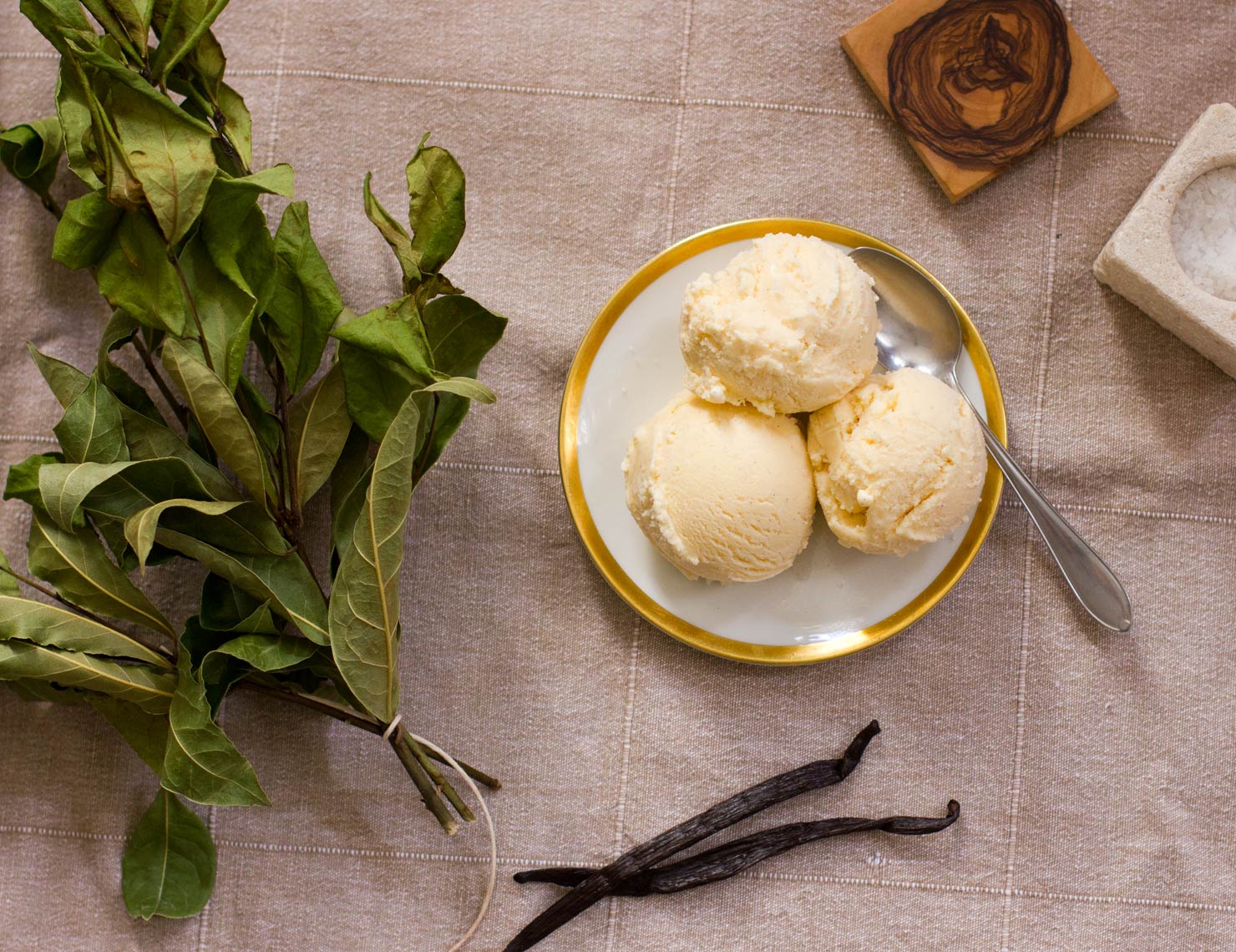
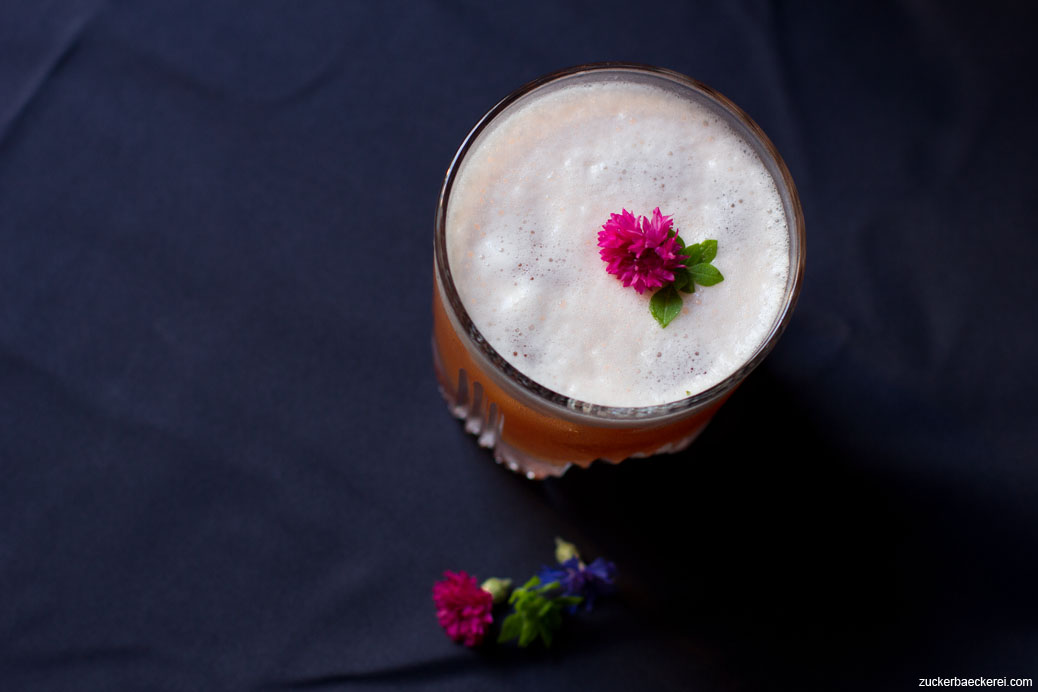
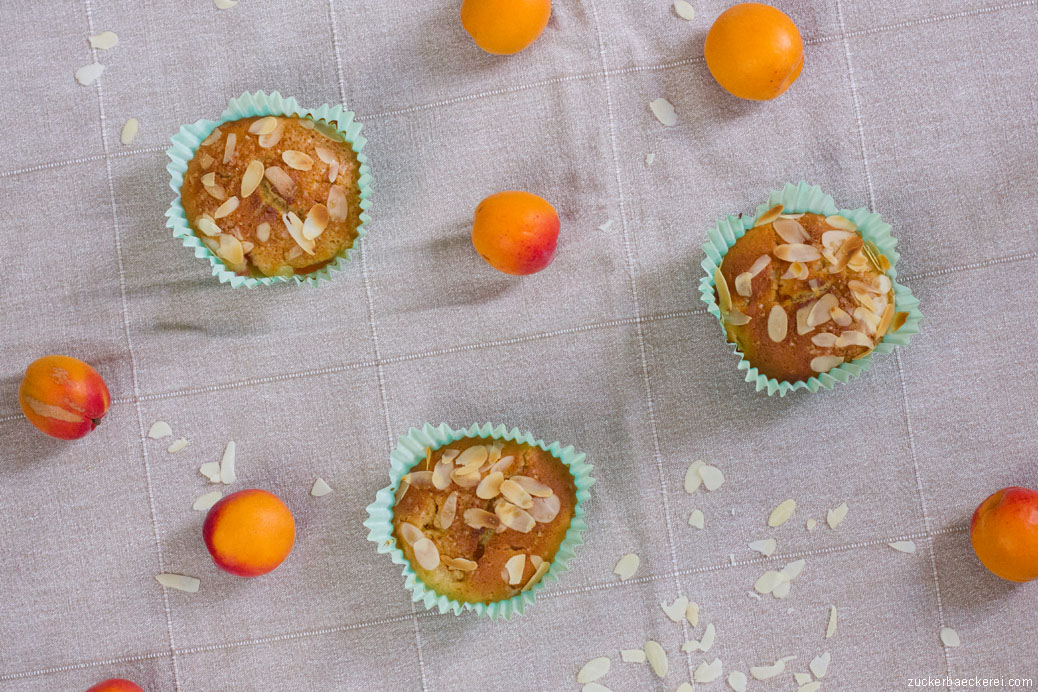
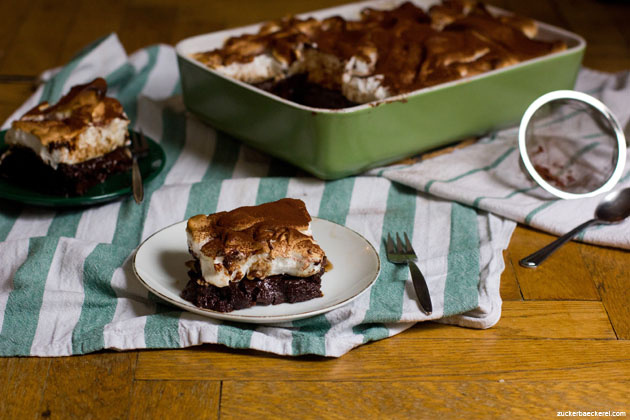

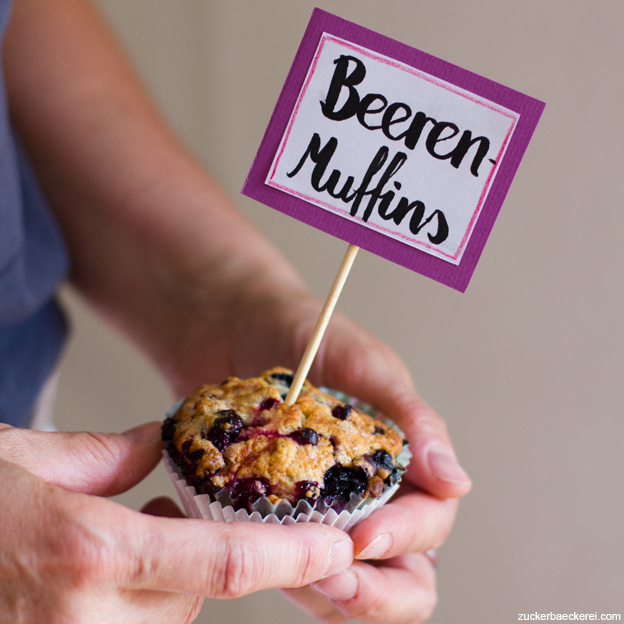
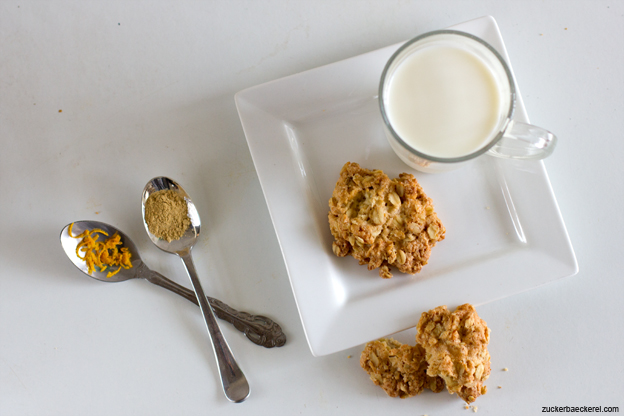

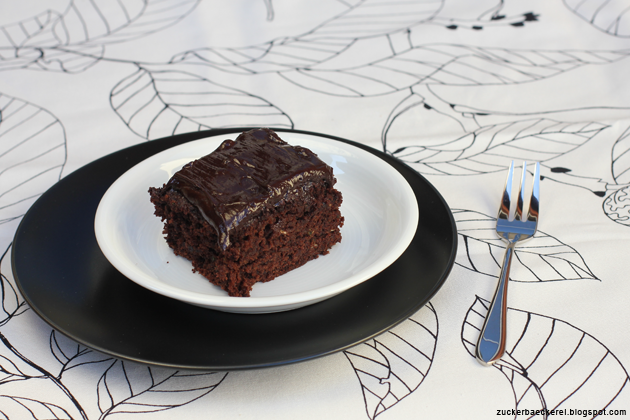
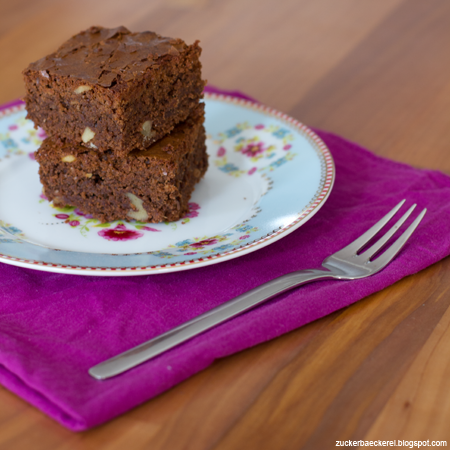

- 2021: Lorbeer-Vanille-Eis
- 2020: Jungle Bird
- 2019: Marillenmuffins
- 2018: Schokocreme-Tarte mit Meringue und Orangenmarmelade
- 2017: Basilikum-Zitronen-Eis
- 2016: Beeren-Muffins
- 2015: Orangen-Ingwer-Cookies
- 2014: Panna Cotta Tarte – Gastpost von Das Leben ist süß
- 2013: Zucchini-Brownies
- 2012: Lauras und Hannahs Brownies
- 2011: Peanut Butter Chocolate Chip Cupcakes mit Schokofrosting
- 2010: Gestreifte Biskuittürmchen

 Hi, ich bin Jana. Seit 2009 veröffentliche ich hier wöchentlich Rezepte, Reiseberichte, Restaurantempfehlungen (meistens in Wien), Linktipps und alles, was ich sonst noch spannend finde. Ich arbeite als Redakteurin bei futurezone.at, als freie Audio-/Kulinarikjournalistin und Sketchnoterin. Lies mehr über mich und die Zuckerbäckerei auf der
Hi, ich bin Jana. Seit 2009 veröffentliche ich hier wöchentlich Rezepte, Reiseberichte, Restaurantempfehlungen (meistens in Wien), Linktipps und alles, was ich sonst noch spannend finde. Ich arbeite als Redakteurin bei futurezone.at, als freie Audio-/Kulinarikjournalistin und Sketchnoterin. Lies mehr über mich und die Zuckerbäckerei auf der 

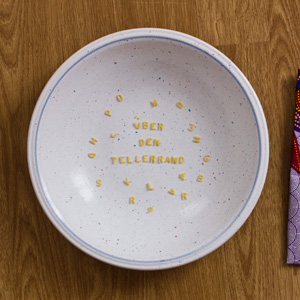 Über den Tellerrand
Über den Tellerrand Bücher
Bücher Zuckersüß
Zuckersüß